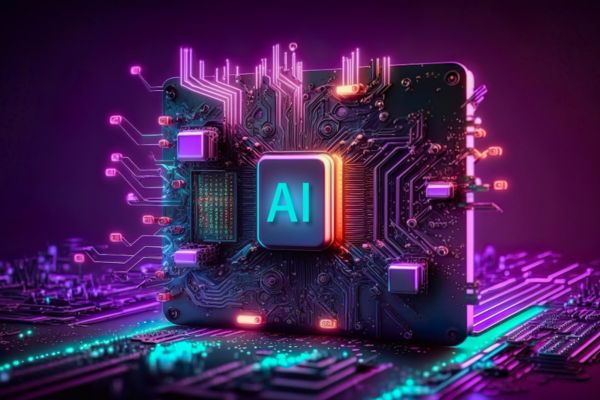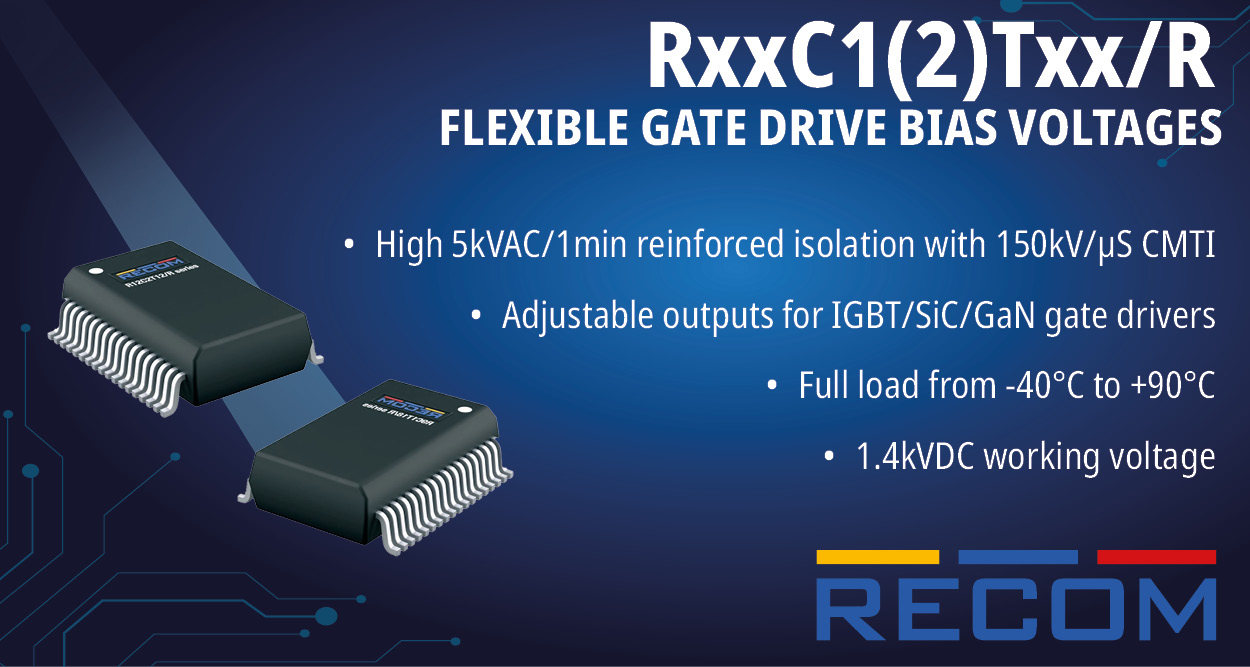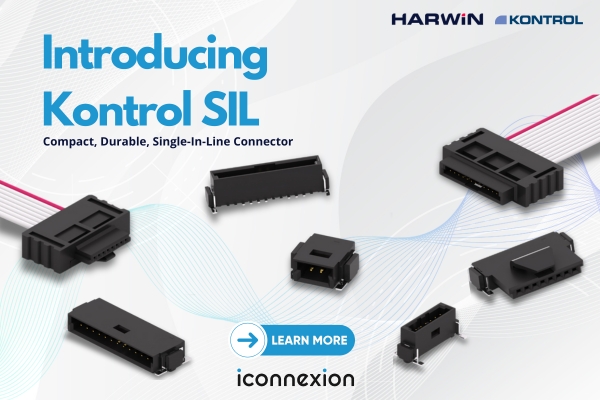The global artificial intelligence (AI) in hardware market was valued at USD 66.99 billion in 2024 and is projected to reach approximately USD 334.50 billion by 2034, growing at a compound annual growth rate (CAGR) of 17.44% from 2025 to 2034.
The market is experiencing substantial growth, driven by the widespread adoption of AI technologies across diverse industries. As the demand for high-performance computing continues to rise, companies are increasingly turning to specialized AI hardware to support the intense processing needs of modern applications. Traditional CPUs are being replaced or augmented by purpose-built chips such as Graphics Processing Units (GPUs), Tensor Processing Units (TPUs), and Field-Programmable Gate Arrays (FPGAs), which are designed for tasks like deep learning, real-time analytics, and decision-making.
This trend is especially pronounced in sectors such as automotive, healthcare, and manufacturing, where AI plays a critical role in enabling innovations like autonomous vehicles, predictive maintenance, and advanced diagnostics. Key industry players—including NVIDIA, Intel, and AMD—are at the forefront, launching next-generation hardware solutions that deliver both high performance and energy efficiency. The rising importance of edge computing is also a major factor boosting demand for AI-capable hardware devices.
Definition and Components
AI in hardware refers to the integration of artificial intelligence technologies into physical computing components, including processors, microchips, and dedicated circuits. These AI-enabled devices are purpose-built to accelerate machine learning operations, enhance data processing speeds, and improve algorithm efficiency.
Key hardware components include:
- GPUs (Graphics Processing Units): Widely used for training and inference of deep learning models.
- TPUs (Tensor Processing Units): Custom-designed by Google to optimize neural network processing.
- FPGAs (Field-Programmable Gate Arrays): Offer configurable hardware architecture for adaptable performance.
These hardware accelerators significantly improve processing capabilities, allowing AI applications in fields like robotics, autonomous systems, and medical technologies to scale effectively while reducing dependency on general-purpose CPUs.
Report Highlights
- By Region:
- North America led the global market in 2024 with a revenue share of 37.9%.
- Asia-Pacific is witnessing strong growth, capturing 23.1% of the revenue in 2024.
- By Type:
- The processor segment dominated in 2024, accounting for 55.95% of market revenue.
- By End User:
- IT & Telecommunications held a 21.45% revenue share in 2024.
- The ‘Others’ segment recorded the highest revenue share of 29.21% in 2023.
- By Technology:
- The machine learning segment led with a 46.8% share in 2024.
- By Deployment:
- The cloud-based segment accounted for 55.21% of the market revenue in 2024.
What are the key offering of Artificial Intelligence (AI) in hardware
🧠 1. Enhanced Processing Efficiency
- Optimized Computation: AI algorithms can dynamically allocate resources for faster and more energy-efficient processing.
- Reduced Latency: Hardware accelerators (like GPUs, TPUs, or NPUs) optimized for AI tasks can execute complex computations in real time.
⚡ 2. Improved Power Efficiency
- AI-driven hardware can adjust power consumption based on workload demand, enabling:
- Longer battery life in mobile devices
- Lower operating costs in data centers and edge devices
📈 3. Faster Decision-Making
- AI integration allows hardware to perform on-device inference, enabling:
- Immediate processing without relying on cloud services
- Quicker response times in real-world applications (e.g., autonomous vehicles, robotics, or IoT)
📊 4. Predictive Maintenance and Self-Diagnostics
- AI can monitor hardware performance and predict failures before they occur, reducing downtime and maintenance costs.
- Enables self-healing systems that automatically correct minor faults or recalibrate operations.
🧩 5. Smart Customization and Adaptability
- Hardware embedded with AI can learn user behavior and adapt:
- Smart home devices adjusting to habits
- Wearables personalizing health feedback
- Industrial machinery optimizing production settings in real time
🔐 6. Enhanced Security
- AI-enabled hardware can detect anomalies, prevent cyberattacks, and authenticate users via biometrics (e.g., face recognition, voice, or fingerprints).
🌐 7. Edge AI Capabilities
- AI accelerators in hardware allow processing to occur at the edge (on-device), reducing:
- Data transmission costs
- Privacy concerns
- Dependency on high-speed internet connectivity
🚀 8. Enabler of Emerging Technologies
- AI in hardware powers advancements in:
- Autonomous vehicles
- Smart robots
- AR/VR
- Healthcare diagnostics devices
- 5G and IoT ecosystems
Artificial Intelligence (AI) in Hardware Market Dynamics
Drivers
1. Strategic Collaborations and Partnerships
The AI in hardware market is being propelled by strategic alliances between tech firms, semiconductor companies, and research institutions. These collaborations enable the pooling of expertise, resources, and proprietary technologies, accelerating the innovation cycle. For example, joint ventures between AI software developers and chip manufacturers are producing integrated solutions that boost performance, scalability, and energy efficiency in AI-driven systems.
2. Government Support and Incentives
Favorable government policies and incentives are playing a pivotal role in market development. Regulatory frameworks that support AI innovation, coupled with fiscal benefits like grants, tax relief, and subsidies, are encouraging both startups and established players to invest in next-generation AI hardware. This supportive ecosystem is fostering innovation and stimulating sustainable growth in the industry.
Restraints
1. High Development Costs
The creation of advanced AI hardware—such as dedicated AI processors, accelerators, and neuromorphic chips—demands significant R&D investments. These high upfront costs present a barrier to entry, particularly for smaller companies and startups, potentially slowing innovation and limiting competition in the market.
2. Technical Complexity
The engineering challenges associated with AI hardware are considerable. Managing thermal output, power efficiency, and system integration poses significant hurdles. Moreover, ensuring compatibility with a wide array of AI frameworks and software environments adds another layer of complexity, potentially delaying the time-to-market for new products.
Opportunities
1. Expansion into Emerging Economies
Emerging markets across Asia, Africa, and Latin America are rapidly adopting AI across sectors such as healthcare, agriculture, and public services. These regions represent untapped opportunities for AI hardware vendors to establish a presence, offering scalable and localized solutions tailored to growing digital ecosystems.
2. Custom AI Hardware Solutions
As AI applications become more industry-specific, there’s a rising demand for custom-built AI hardware tailored to niche use cases. Companies capable of designing domain-specific processors and accelerators for sectors like finance, medical diagnostics, or autonomous vehicles stand to gain a competitive edge and unlock new revenue streams.
Challenges
1. Rapid Technological Obsolescence
The fast-paced nature of AI innovation means that hardware quickly becomes outdated. This puts pressure on companies to continually invest in research and maintain rapid development cycles. The constant race to keep up with technological evolution can strain financial and operational resources, especially for smaller market players.
2. Global Supply Chain Vulnerabilities
AI hardware production relies heavily on a complex global supply chain involving semiconductors, advanced materials, and precision components. Disruptions—whether due to geopolitical conflict, natural disasters, or pandemics—can severely impact manufacturing timelines, inflate costs, and create bottlenecks in product delivery, ultimately hindering market growth.
Artificial Intelligence (AI) in Hardware Market: Segmental Analysis
The AI in hardware market is segmented by type, application, deployment, technology, end user, and region, offering a comprehensive view of the industry dynamics and growth trends.
By Type
Processor (55.95% Market Share in 2024)
- Processors form the backbone of AI hardware, powering intensive computational tasks. The segment is led by the adoption of specialized chips like GPUs, TPUs, and ASICs, designed for parallel processing essential to AI workloads, including deep learning and neural network inference.
Memory (12.06% Market Share in 2024)
- As AI applications require processing large datasets, the demand for high-speed and high-capacity memory is increasing. Emerging trends include the use of High Bandwidth Memory (HBM) and persistent memory to enhance data throughput and processing efficiency.
Network (20.42% Market Share in 2024)
- This segment addresses the infrastructure needed for seamless data transmission among AI hardware components. Key drivers include the rise of 5G, InfiniBand, and other high-bandwidth, low-latency technologies supporting real-time AI deployment.
Storage (11.57% Market Share in 2024)
- With the surge in AI-generated data, storage solutions like NVMe SSDs and AI-optimized storage architectures are crucial for fast retrieval and processing. The segment continues to evolve with innovations focused on scalability and speed.
By Application
Training & Simulation
- Used primarily in the development phase of AI models, this segment relies on powerful processors for high-performance training tasks. Simulation environments enable safe testing of AI algorithms before deployment in real-world scenarios.
Driver Monitoring Systems
- Integrated AI hardware enhances safety in the automotive sector by monitoring driver behavior in real time. Trends include AI-powered ADAS (Advanced Driver Assistance Systems) to prevent accidents and improve in-vehicle responsiveness.
Surveillance & Security
- AI hardware supports real-time video analytics, facial recognition, and anomaly detection. Edge computing and AI-specific processors are increasingly used for on-site data processing, improving speed and security.
Imaging & Diagnosis
- The healthcare sector benefits from AI hardware in high-resolution medical imaging applications. GPUs and TPUs assist in faster and more accurate diagnostic analysis, improving patient outcomes.
Robotic Surgery
- AI-powered surgical systems rely on real-time data processing for precision in minimally invasive procedures. These systems utilize specialized chips to enhance control, accuracy, and patient safety.
Disaster Management
- AI hardware plays a vital role in disaster prediction, monitoring, and emergency response. Drones and sensors equipped with AI processors aid in real-time data collection and rapid decision-making during crises.
Visual Inspection
- Used across manufacturing industries, AI hardware enables automated quality checks. High-resolution imaging combined with machine learning algorithms helps detect defects, improving production line efficiency.
Others
- This includes applications in natural language processing, predictive analytics, and customer interaction systems. AI hardware supports real-time decision-making and automation across multiple industries.
By Deployment
- Cloud-Based (55.21% Market Share in 2024): Offers scalability, accessibility, and remote data processing capabilities, widely adopted across industries.
- On-Premise: Preferred for data-sensitive applications requiring enhanced security and control over infrastructure.
By Technology
- Machine Learning (46.8% Market Share in 2024): Dominant technology powering most AI applications, including analytics, automation, and intelligent decision-making.
- Computer Vision: Used in image recognition, video analytics, and object tracking across industries like automotive, security, and retail.
- Others: Includes natural language processing and robotics-based AI technologies.
By End User
- Telecommunication & IT (21.45% Market Share in 2024): AI hardware enables enhanced network operations, automated customer service, and predictive maintenance, improving performance and cost-efficiency.
- Banking & Finance (17.54% in 2024): Used for fraud detection, algorithmic trading, and customer personalization. AI chips facilitate real-time processing and improved security protocols.
- Healthcare (12.57% in 2024): Applications range from diagnostics and treatment planning to patient monitoring. AI hardware accelerates analysis and enhances medical device capabilities.
- E-commerce: Drives personalized recommendations, inventory management, and customer service chatbots, enhancing shopping experiences and operational efficiency.
- Education: Enables personalized learning, administrative automation, and research enhancements. AI hardware is integrated into educational platforms for improved engagement.
- Navigation: Supports real-time route optimization and autonomous vehicle control. AI chips enhance GPS and situational awareness systems for better decision-making.
- Robotics: AI processors power robots used in sectors like manufacturing and healthcare, offering automation, precision, and adaptability in complex environments.
- Agriculture: AI-enabled hardware is used for precision farming, resource monitoring, and yield prediction. It supports real-time analytics and automated agricultural practices.
- Others (29.21% Market Share in 2024): This category includes logistics, entertainment, and energy sectors, where AI hardware is used for process automation, predictive analytics, and smart system management.
Artificial Intelligence (AI) in Hardware Market: Regional Analysis
North America: Dominating the AI Hardware Landscape
North America remains at the forefront of the global AI in hardware market, with the market expected to grow from USD 25.39 billion in 2024 to approximately USD 126.78 billion by 2034, registering a CAGR of 19.02%. This leadership is fueled by:
- A robust technological ecosystem and early adoption of AI applications across sectors.
- Significant R&D investments and government support for AI innovation.
- The presence of key market players such as NVIDIA, Intel, and AMD, driving advancements in AI-optimized processors and accelerators.
- High AI penetration in industries such as automotive, healthcare, finance, and defense.
- Advanced digital infrastructure and widespread use of cloud computing and edge AI.
Asia-Pacific: Fastest-Growing Region
The Asia-Pacific market is projected to grow from USD 15.47 billion in 2024 to USD 77.27 billion by 2034, achieving a CAGR of 19.36%. Key growth drivers include:
- Massive investments in semiconductor manufacturing and AI R&D, particularly by China, Japan, and South Korea.
- Rapid adoption of AI in consumer electronics, telecommunications, smart cities, and autonomous systems.
- Strong government backing, including national AI strategies and funding for infrastructure development.
- Expansion of 5G networks and digital transformation initiatives increasing the demand for edge AI hardware.
- Strategic partnerships between regional tech firms and global players fostering innovation.
Europe: A Center of Ethical and Regulated AI Development
Europe’s AI hardware market is expected to grow from USD 19.96 billion in 2024 to USD 99.68 billion by 2034, at a CAGR of 19.15%. The region’s growth is underpinned by:
- Government and EU-backed initiatives promoting ethical AI and regulatory frameworks.
- Strong focus on integrating AI in manufacturing, automotive, and healthcare to improve productivity and automation.
- Collaboration between academic institutions, research centers, and tech companies driving innovation.
- Germany, France, and the UK leading the region with strategic AI hardware investments.
- EU strategies such as Horizon Europe and the European AI Alliance supporting sustainable and responsible AI growth.
LAMEA: An Emerging Frontier
The LAMEA (Latin America, Middle East, and Africa) region is forecast to expand from USD 6.20 billion in 2024 to USD 28.46 billion by 2034, growing at a CAGR of 18.70%. Key factors influencing this growth include:
- Increasing digitalization across finance, agriculture, and public services.
- National AI strategies and smart city initiatives in countries like UAE, Saudi Arabia, and Brazil.
- Growing partnerships between governments and private sectors to address infrastructure gaps.
- Investment in AI education and training to bridge the regional talent divide.
- Rising interest in using AI hardware for public safety, resource optimization, and economic diversification.
Request for Sample PDF@ https://www.cervicornconsulting.com/sample/2362
















